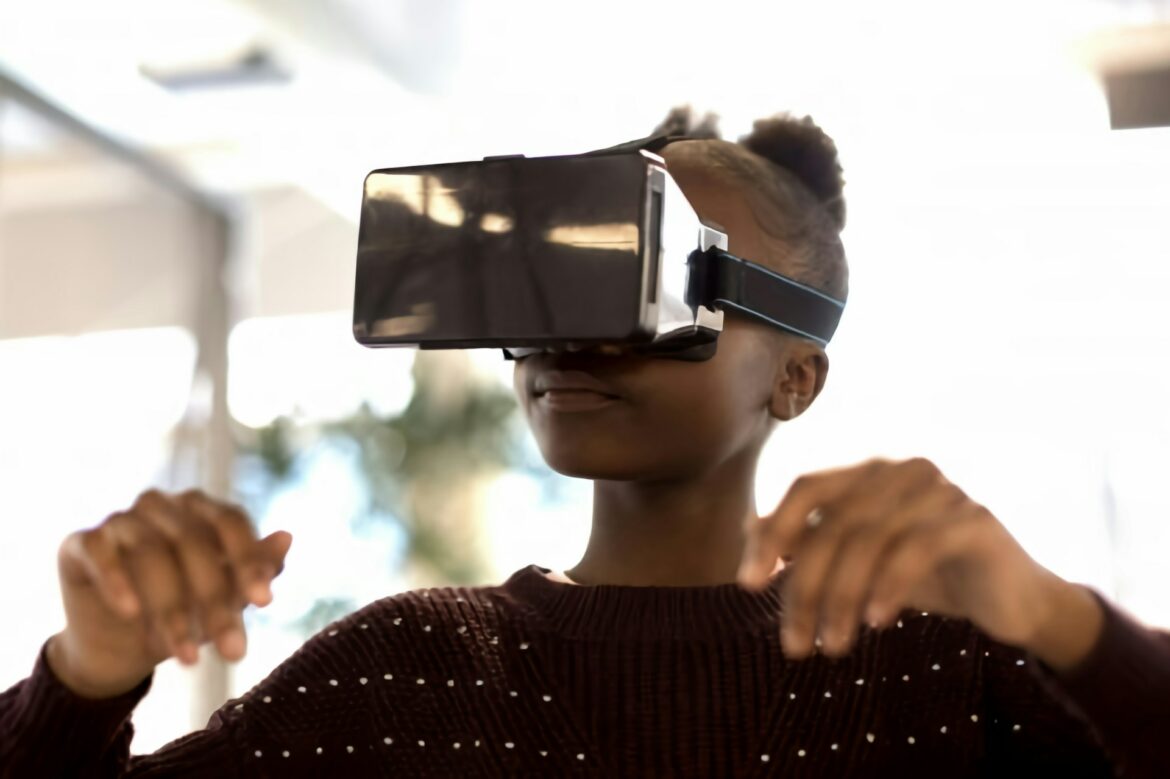In recent years, the landscape of festivals and large-scale gatherings has undergone a dramatic transformation. Gone are the days when celebrating music, art, or culture meant physically gathering in a specific location. Instead, digital festivals and virtual events have risen to prominence, blending technology with human connection in innovative ways. This evolution not only reflects advances in digital infrastructure but also highlights a desire for more accessible, inclusive, and environmentally conscious ways to bring people together regardless of geographical boundaries. As we look to the future, understanding this shift helps us appreciate the potential of technology to redefine communal experiences.
From Early Webcasts to Global Virtual Gatherings: A Brief History
The journey of digital festivals began modestly with simple webcasts in the early 2000s, primarily used by musicians and small-scale artists to reach their audiences without geographical limits. These early efforts were often experimental, with limited interactivity and basic streaming technology. However, they set the stage for a new form of engagement, proving that digital platforms could serve as viable stages for entertainment and cultural expression. Over time, technological improvements dramatically enhanced streaming quality and interactivity, allowing organizers to host larger audiences and include more immersive features, such as live chat and real-time Q&As.
As internet bandwidth and streaming technology improved, festivals expanded from single performances to multi-day virtual experiences, often featuring multiple stages and interactive components. The advent of social media further amplified their reach, enabling real-time sharing, community building, and audience participation at unprecedented levels. The COVID-19 pandemic acted as a catalyst, forcing organizers worldwide to rethink traditional events and rapidly adopt virtual formats, transforming small-scale efforts into massive global gatherings. Today, virtual festivals attract millions of viewers from every corner of the globe, proving that digital platforms can host complex, engaging, and highly inclusive events.
This history underscores a steady progression from basic online broadcasts to sophisticated, multi-sensory virtual environments. Technologies like VR and AR are beginning to play a role in creating more realistic and immersive experiences, blurring the boundaries between physical and digital. The evolution reflects an ongoing desire to innovate, connect, and adapt, paving the way for future digital festivals that are even more interactive, sustainable, and accessible than ever before.
Embracing Innovation: How Digital Festivals Are Shaping the Future
Looking ahead, digital festivals are poised to become increasingly immersive and personalized. Advances in virtual reality (VR) and augmented reality (AR) are set to revolutionize how audiences experience events, allowing attendees to explore virtual venues, interact with digital installations, and even socialize in simulated environments. These innovations promise to offer a sense of presence and community that rivals physical gatherings, but with the added advantage of convenience and accessibility for those who might otherwise be unable to attend. As technology becomes more affordable and user-friendly, digital festivals will likely become standard components of the cultural landscape.
Moreover, the future of virtual events will emphasize sustainability and inclusivity. Digital festivals drastically reduce the carbon footprint associated with travel, staging, and logistics, aligning with global efforts to combat climate change. They also break down barriers related to geography, socio-economic status, and physical ability, enabling a more diverse and engaged audience worldwide. Organizers are increasingly exploring hybrid models that combine physical and virtual elements, offering flexible participation options that cater to varying needs and preferences. The integration of data analytics and AI will further personalize experiences, tailoring content and interactions to individual interests and behaviors, thus enhancing engagement and satisfaction.
Ultimately, the evolution of digital festivals signifies a broader shift toward more innovative, inclusive, and sustainable forms of celebration and community-building. As technology continues to advance, these virtual gatherings will become more dynamic, interactive, and integrated into our daily lives. The future of digital festivals is not just about replacing physical events but complementing and expanding them in ways that foster global connection, creativity, and cultural exchange on a scale never seen before.
The rise and ongoing evolution of digital festivals and virtual events demonstrate our collective adaptability and desire for meaningful connection in a digital age. From humble beginnings with webcasts to fully immersive, globally accessible experiences, these innovations continue to reshape how we celebrate, share, and build communities. As technology progresses, the potential for digital festivals to enhance cultural exchange, promote sustainability, and foster inclusivity seems limitless. The future holds exciting possibilities for a world where virtual and physical experiences coexist, enriching our social fabric and opening new horizons for creativity and connection.

